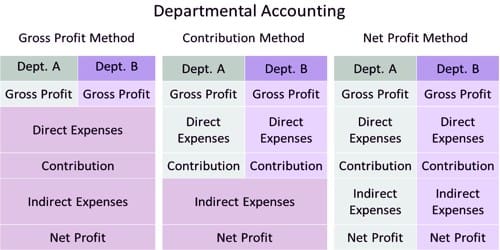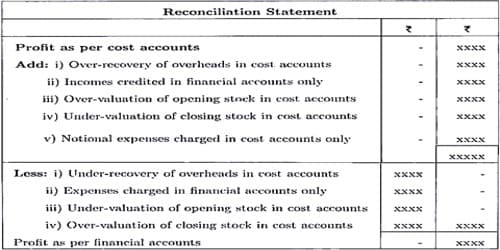A joint venture is a business arrangement where two or more companies get into a temporary legal partnership. A contractual agreement is signed by the parties involved in the joint venture. The venture generally comes to an end once those purposes are met unless the parties decide to continue working together. Each party remains independent of the other.
Features of Joint Ventures
(a) A joint venture is a special partnership without a firm name. Both companies can use the brand names that they already have to get into a joint venture. When two or more companies come together, they sign an agreement. Without a proper agreement, a joint venture can be considered invalid and might cause problems later.
(b) It does not follow the accounting concept of ‘going concern’. There are various methods of maintaining accounts. The co-venturers maintain the accounts as per the agreement between them.
(c) The members of a joint venture are known as co-ventures. Usually, the co-venturers compute the profit or loss of the venture on its completion.
(d) It is a temporary business activity. Two companies come together for a specific purpose, and once that purpose is fulfilled, the companies can call-off their venture, or they can get into a longer partnership if both companies agree.
(e) In a joint venture, profits and losses are shared in an agreed proportion. It is the sharing of profit and losses incurred. If there is no agreement regarding the distribution of profit, they will share profit equally. No business endeavor is free of risks.
(f) It is an agreement for the polling of capital and business abilities to be employed in some profitable ventures. This agreement states details like their obligations, profit/loss sharing ratios, their rights, and liabilities, etc.
(g) At the end of the venture, all the assets are liquidated and liabilities are paid off: if necessary the assets and liabilities could be shared by co-ventures.
(h) It always follows the cash basis of the account. Generally, the Cash basis of accounting is followed.
















